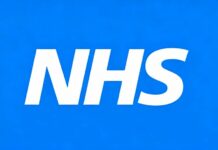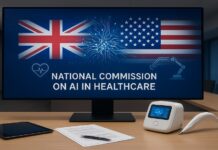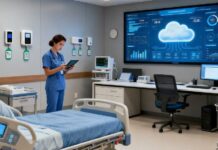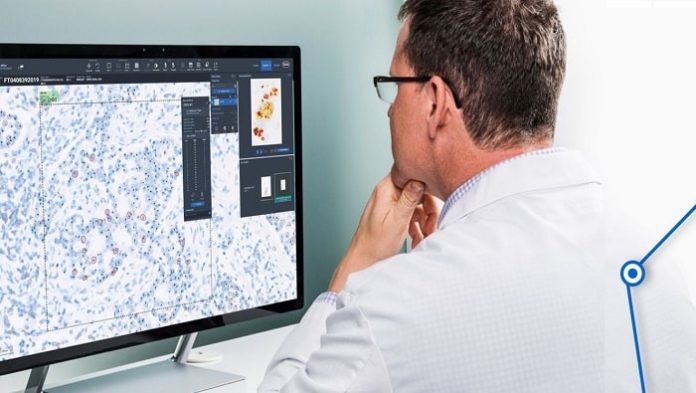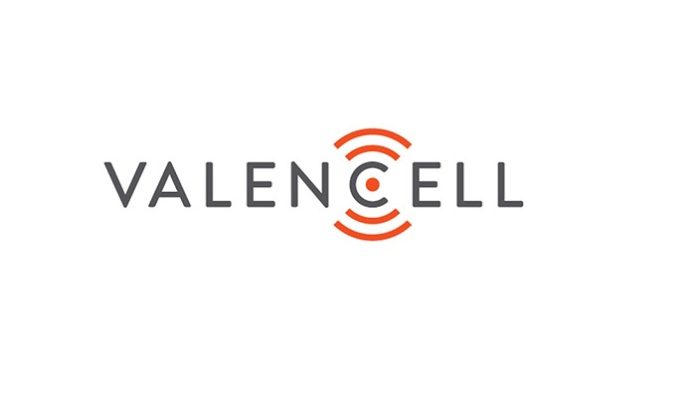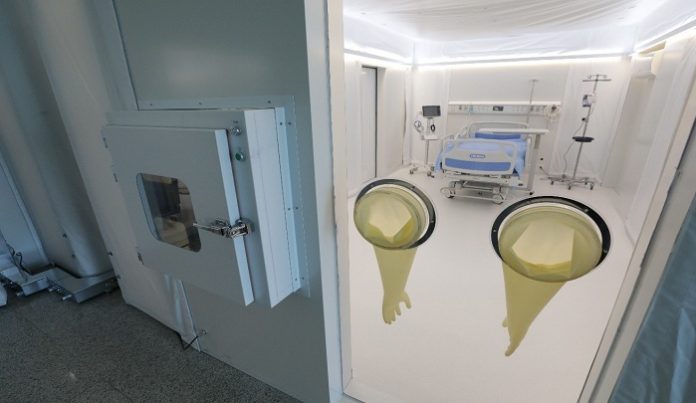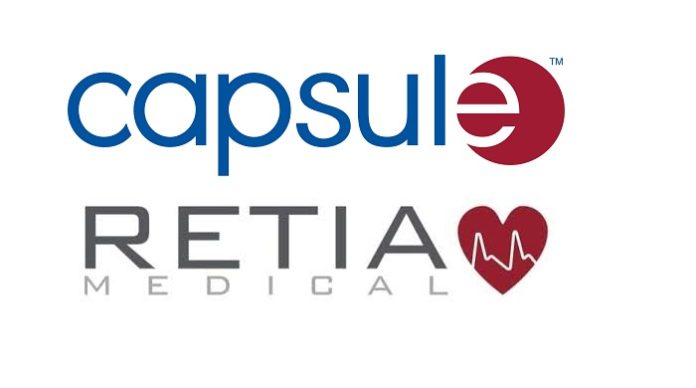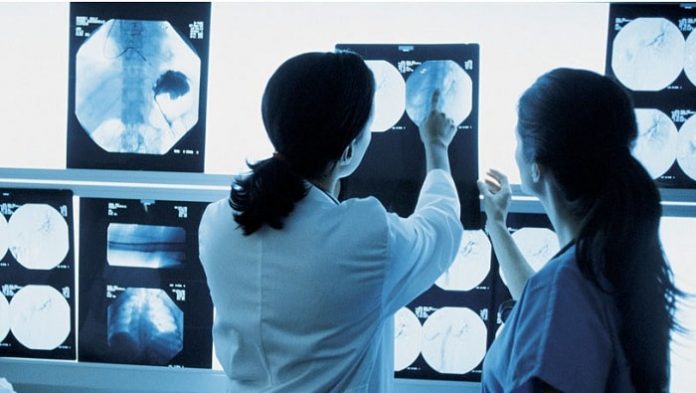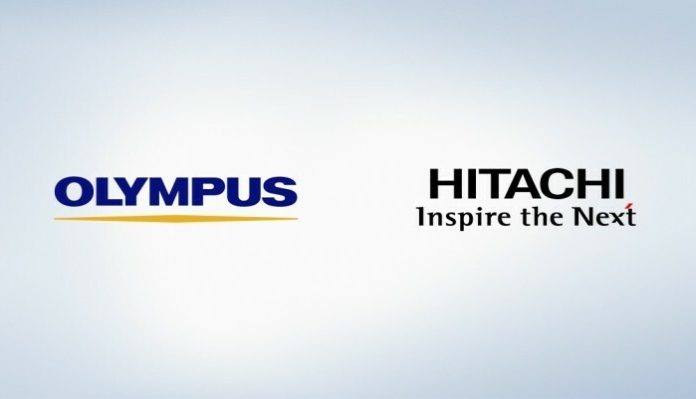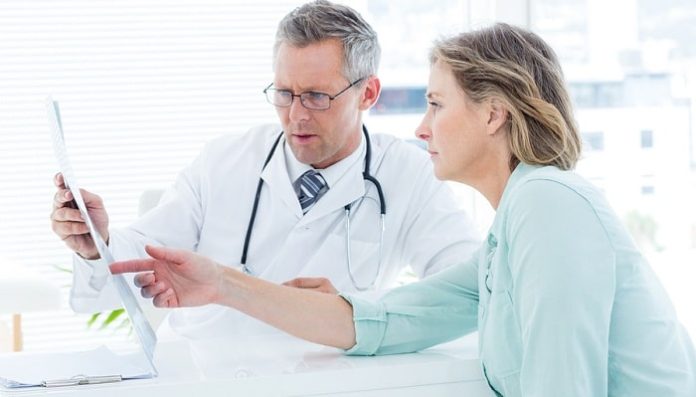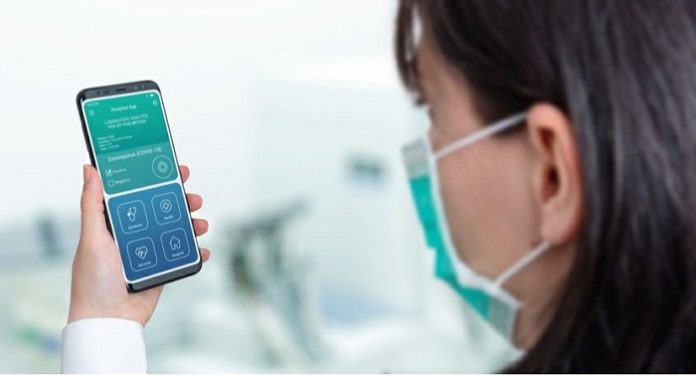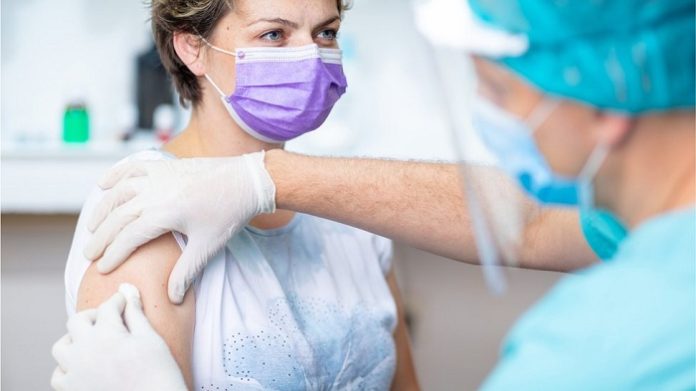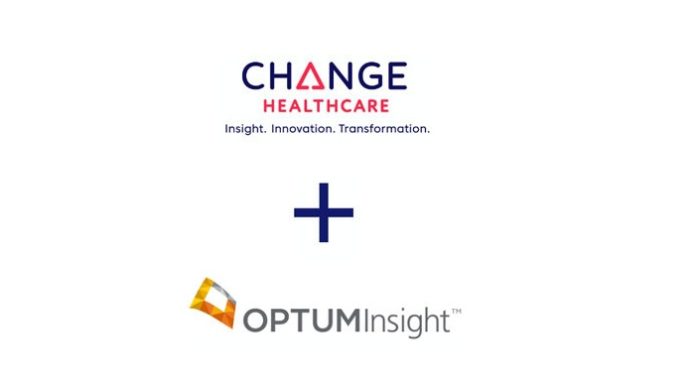Optum, a diversified health services company and part of UnitedHealth Group , and Change Healthcare, a health care technology leader, have agreed to combine. Change Healthcare will join with OptumInsight to provide software and data analytics, technology-enabled services and research, advisory and revenue cycle management offerings to help make health care work better for everyone.
This combination unites two technology and service companies focused on serving health care. Their combined capabilities will more effectively connect and simplify core clinical, administrative and payment processes – resulting in better health outcomes and experiences for everyone, at lower cost. Change Healthcare brings key technologies, connections and advanced clinical decision, administrative and financial support capabilities, enabling better workflow and transactional connectivity across the health care system. Optum brings modern analytics, comprehensive clinical expertise, innovative technologies and extensive experience in improving operational and clinical performance.
“Together we will help streamline and inform the vital clinical, administrative and payment processes on which health care providers and payers depend to serve patients,” said Andrew Witty, President of UnitedHealth Group and CEO of Optum. “We’re thrilled to welcome Change Healthcare’s highly skilled team to create a better future for health care.”
“This opportunity is about advancing connectivity and accelerating innovations and efficiencies essential to a simpler, more intelligent and adaptive health system. We share with Optum a common mission and values and importantly, a sense of urgency to provide our customers and those they serve with the more robust capacities this union makes possible,” said Neil de Crescenzo, President and CEO of Change Healthcare. Upon closing, Mr. de Crescenzo will serve as OptumInsight’s chief executive officer, leading the combined organization.
Some of the key opportunities to enhance the health care system include:
The combined company will help clinicians make the most informed and clinically advanced patient care decisions, more quickly and easily. Change Healthcare brings widely adopted technology for integrating evidence-based clinical criteria directly into the clinician’s workflow, while Optum’s clinical analytics expertise and Individual Health Record can strengthen the evidence base needed to deliver effective clinical decision support at the point of care. This can ensure appropriate sites of care and consistently achieve the best possible health, quality and cost outcomes.
Complexities across the health system result in significant levels of administrative waste. The combined company will be well positioned to make health care simpler, more efficient and more effective. A key opportunity is to enhance with insights drawn from billions of claims transactions using Change Healthcare’s intelligent health care network, combined with Optum’s advanced data analytics. This will support significantly faster, more informed and accurate services and processing.
Change Healthcare’s payment capacities combined with Optum’s highly automated payment network will simplify financial interactions among care providers, payers and consumers and accelerate the movement to a more modern, real-time and transparent payment system. This will ensure physicians get paid more quickly, accurately and reliably, and provide consumers the same simplicity and convenience managing their health care finances they experience with other transactions. Change Healthcare brings deep patient communication capabilities, engaging more than 200 million unique individuals each year. Integrating these engagements with people’s health financial benefits will make it simpler for consumers and enhance alignment with incentive programs which reward healthy behaviors.
“Change Healthcare has made significant progress executing its strategic objectives, including advancing innovation, accelerating growth and improving the effectiveness of the U.S. health system,” said Howard Lance, Chairman of the Board of Directors of Change Healthcare. “We are delighted to have in Optum a partner that shares a common vision of creating a better future for health care for the people and communities we serve and see this combination as in the best interests of all of our stakeholders.”
The agreement calls for the acquisition of Change Healthcare’s common stock for $25.75 per share in cash and is expected to close in the second half of 2021, subject to Change Healthcare shareholders’ approval, regulatory approvals and other customary closing conditions. Private equity funds affiliated with The Blackstone Group, which own approximately 20% of the common stock of Change Healthcare, have agreed to vote the shares they control in favor of the combination.
The acquisition is expected to be accretive to UnitedHealth Group’s net and adjusted earnings per share by approximately $0.20 and $0.50 respectively in 2022, advancing strongly in subsequent years, inclusive of investments to accelerate technology, system and product integration and development activities to more quickly deliver the value of this combination to all health care system stakeholders. Adjusted earnings exclude from net earnings only the after-tax non-cash amortization expense pertaining to acquisition-related intangible assets.
About Optum
Optum is a leading information and technology-enabled health services business dedicated to helping make the health system work better for everyone. With more than 190,000 people worldwide, Optum delivers intelligent, integrated solutions that help to modernize the health system and improve overall population health.
About Change Healthcare
Change Healthcare is a leading independent healthcare technology company, focused on accelerating the transformation of the healthcare system through the power of the Change Healthcare Platform. We provide data and analytics-driven solutions to improve clinical, financial, administrative, and patient engagement outcomes in the U.S. healthcare system.



